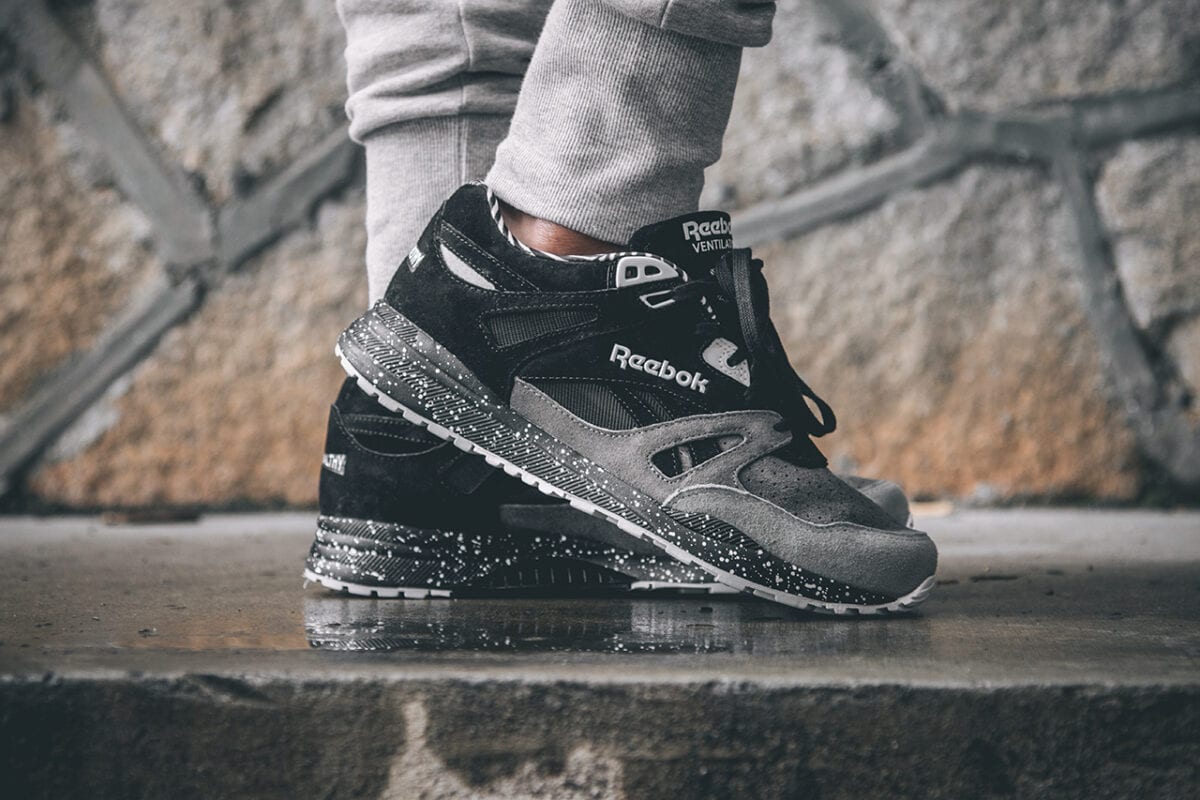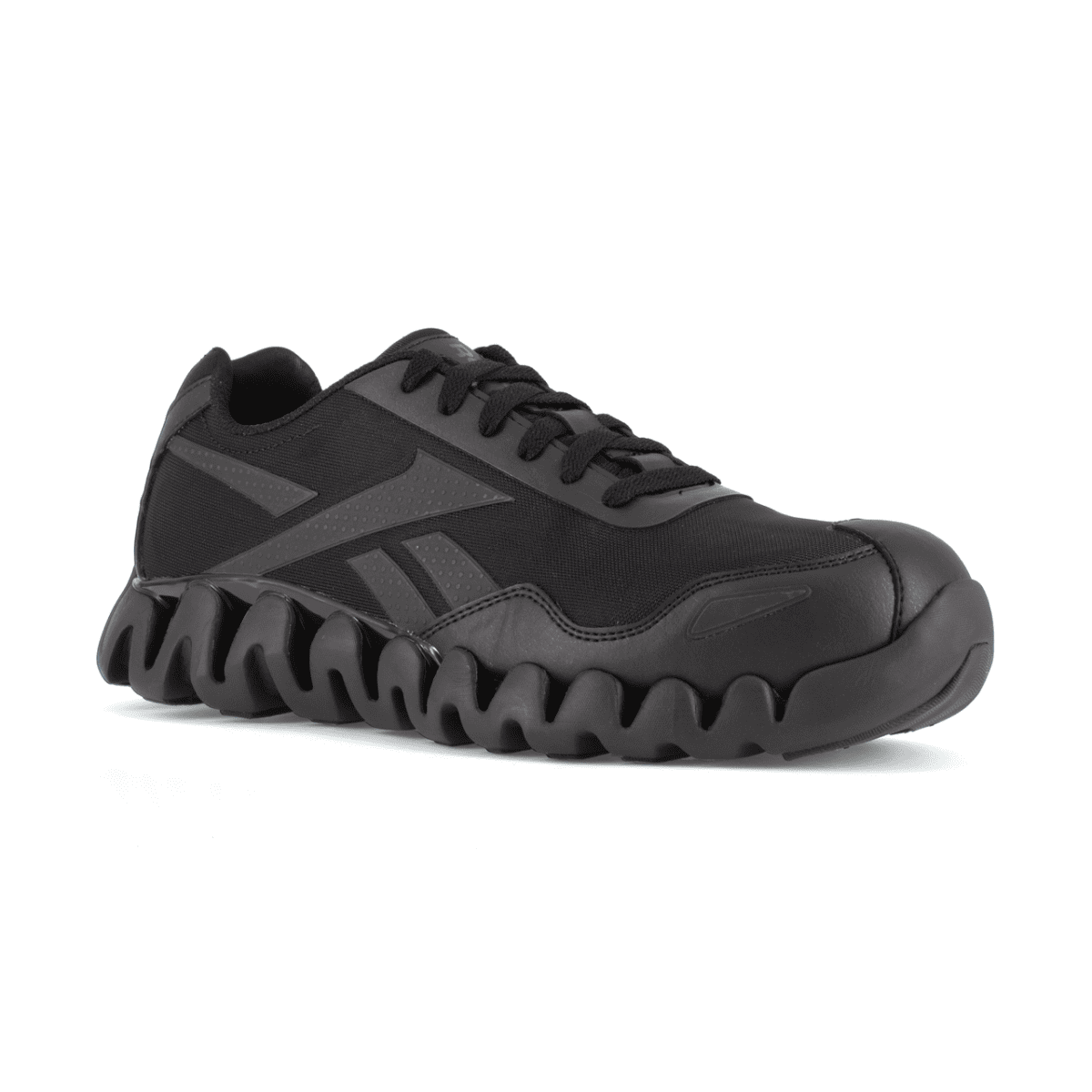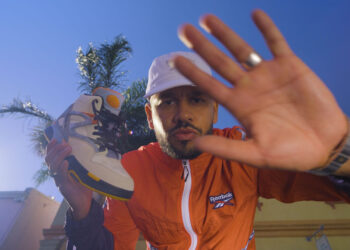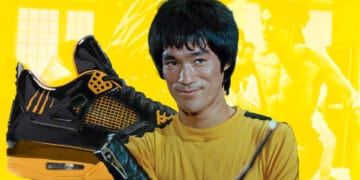Like many of the other sneaker giants in the industry, Reebok has a fairly rich history, stretching back further than many would guess. The sneaker company has also kicked off a few “world firsts” to boot. Let’s take a look back at Reebok’s incredible sneaker history and the incredible sneakers they made.
Reebok’s Origin Story

It all started back in 1895 when a youngster, Joseph William Foster, at just 14 years old started a small project in his bedroom, above his dad’s sweet shop in Bolton, England. Foster, fascinated by the increasing trend of the early sneaker, started experimenting by adding spikes to his running shoes.
After a few years of playing around with the concept and his ideas progressed in the community, he founded his own shoe business, J.W. Foster, in 1900, which later evolved into J.W. Foster and Sons. Foster opened a small factory, which he named Olympic Works, with his shoes becoming gradually more famous among athletes, known as “running pumps.” The company grew to better heights as the shoes began distribution to British athletes across the UK, the most famous of which was worn by 100m Olympic Champion Harold Abrahams in the 1924 Summer Games in Paris.
Reebok Is Formed

After years of successful distribution, Foster’s grandsons, Joe and Jeff Foster, formed a partnership in 1958, creating a companion company known as Reebok. Interestingly enough, the name is derived from South Africa, from the Afrikaans word rhebok, which translates from rhebuck, a type of African antelope. Even more interesting was that Joe had won the South African dictionary, which contained the word, after winning a race as a boy.
$60 A Pair

The company continued its humble progress in the market but was restricted to the UK market almost exclusively. That was until the company decided to venture out to the US at the Chicago International Sneaker Trade Show. They were noticed by businessman Paul Fireman, who negotiated a deal to licence and distribute the Reebok brand in the US for a sporting goods store. The shoes were priced significantly high for their time at $60 a pair, but they were in high demand by the end of the first year and reached $1.5 million in sales by the end of year two.
RELATED: Reebok X Jurassic Park Club C 85 Review
Shortly following their success in the US market, Reebok caught their competitors off guard by introducing the Reebok Freestyle, a range of sports shoes designed for women. This helped the company skyrocket in sales, and by 1984, the women-focused Reebok Lifestyle sneakers and apparel made up more than half of all their sales, increasing the brand’s sales past the $13 million mark. Riding this success, the company expanded into the basketball market, a largely popular shoe market in the US. The company signed up a few stars from 1986 in an attempt to improve the performance of basketball shoes to compete with Nike.
Ahead Of The Times?

In 1990, Reebok introduced the first lightweight athletic shoes with vented side panels, known as the Reebok Ventilator. Unfortunately, things took a bit of a turn moving from the 80s to the 90s, and it was quite a tough time for Reebok. Having initially started off extremely well, the company ended the decade rather flat. The company made important strides in the basketball market with a series of shoes and sponsorships, having signed Shaq O’Neal and launched the Shaq Attack line of sneakers.
Can we talk about Reebok history without mentioning the failed Shaq sneakers?
Unfortunately, the timing and designs of the line didn’t sit well with prospective buyers, especially amongst teenagers, as the market trend at the time leaned towards black shoes instead of the all-white Shaq Attack range. It didn’t help that the cost of the sneakers burned a $130 hole in your wallet. The results were significant, with Reebok having suffered a drop of 20% in market share as a direct result.
Change of Fortunes

The drop in market share meant the company submitted its top spot in the US to Nike and was now battling to compete for number two. Reebok terminated their contract with O’Neal and signed Allen Iverson on a $5 million a year deal, which boosted their sales shortly after. The company was in direct competition with adidas and lost its second position to the German company.
In August 2005, adidas acquired Reebok as a subsidiary for an estimated $3.8 billion. Despite the merger uniting two of the largest sports companies at the time, the two kept their separate brands. The only big change came in the form of adidas replacing Reebok as the official uniform and apparel supplier for the NBA from 2006 on an 11-year deal.
In 2010, Reebok launched the Zig, which incorporated new advanced footwear technology, the innovative zigzag soles designed for extra traction on the field or on rough terrain. That same year, Reebok also announced their new partnership with CrossFit, a fitness company, which includes competitive fitness sports, sponsoring the CrossFit Games, a number of CrossFit studios and the introduction of a line of co-branded fitness apparel in 2011.
As a direct result of the partnership, Reebok changed their logo to the CrossFit delta symbol on their fitness range. This change was only their second logo change in their 120-year history phasing out the vector variant, and also symbolised the return to their fitness and sports range sneakers and apparel they were known for in the 80s. The red delta logo represents the three pillars of positive self-change, which include mental, physical and social elements. As part of the CrossFit partnership, the company launched the first official CrossFit shoe, the Reebok Nano, while also increasing their focus on yoga, dance, aerobics and CrossFit.
RELATED: Reebok Pump TZ Review
In 2014, the company introduced another new footwear technology in the form of foam technology, following the success of the adidas Boost. The launch included the introduction of a new sneaker, the Reebok ZQuick TR, with the Z-series foam. The company continues to grow amongst the fitness community today, in addition to the growing range of Reebok Classic sneakers.
Reebok Sneakers Today
In an unfolding saga of corporate manoeuvring, Authentic Brands Group emerged as the new proprietor of the Reebok brand, previously nestled under the Adidas umbrella. The transaction, announced on August 12, 2021, commanded a floor price of $2.5 billion, underscoring the high stakes involved. By March 1, 2022, this significant transfer of ownership was consummated, marking a new chapter for the iconic sportswear label.
Of course, in recent years, we’ve seen a number of classic silhouettes return to the market. In 2024, we’re getting the Reebok Classic Leather Sashiko, Reebok Instapump Fury 94 CNY, Reebok BB 4000 II Mid Equipment Essentials Collection 02 Milk Makeup, Reebok BB 4000 II Victor Solomon, Reebok Question Mid Red Toe and many more. So, in many ways, Reebok is back in the sneaker game, making history once again.
Were you aware of all these details regarding the history of Reebok sneakers? Which Reebok sneaker did you own?











